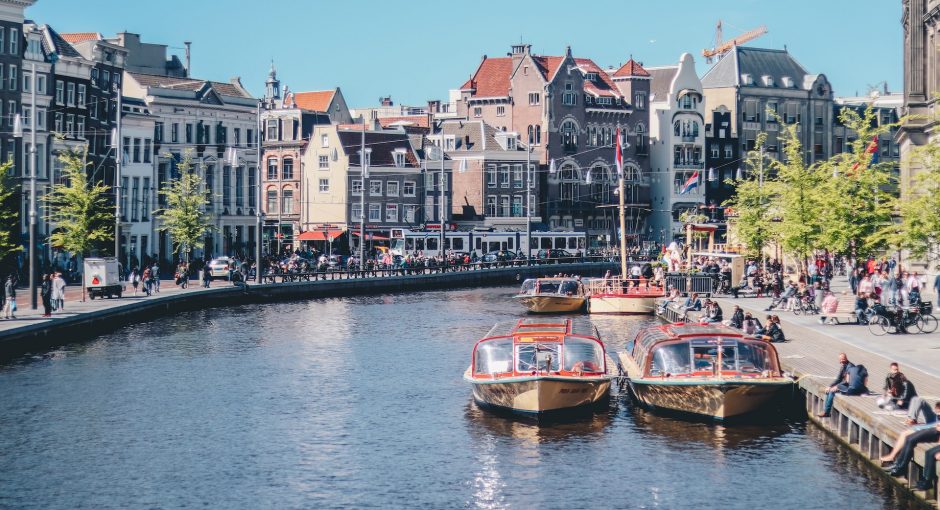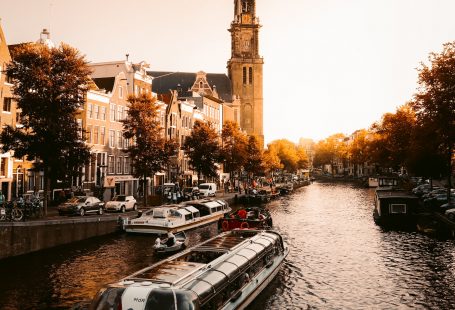Why Is Amsterdam So Popular
Amsterdam got its name from the river Amstel (the ‘eye’). At that time, Amsterdam was nothing more than a marshy swamp which was gradually dug up and reclaimed by farmers who had settled there.
Amsterdam began draining canals to make room for the growing city and in 1250, a dam was constructed on the Amstel river. This marked Amsterdam as an international hub of business and commerce, with major industries including international trade and transport, banking, insurance and tourism.
Industrialisation not only brought prosperity to the city, but it also increased its population with an influx of workers from rural areas. This was accompanied by rising social unrest.
World War II proved a devastating period for the Dutch, as German troops invaded Amsterdam and more than 100,000 Jews were deported to death camps. Although the city managed to survive, much of its economy – including diamond trading – was devastated.
Youth Culture
The 1960s marked a period of profound social transformation in Dutch society. Many young people found that they had a voice, and used it to challenge the traditional hierarchy.
Musicians and artists were increasingly playing a greater role in the political and cultural life of their country, with Amsterdam being no exception to this trend. John Lennon and Yoko Ono hosted their famous sleep-ins at Vondelpark during this era.




